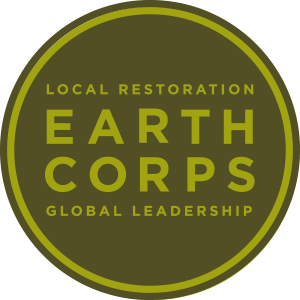Clayton Beach Pedestrian Overpass
International crew restores popular trail.
By Kyle Christensen, Ranger 3, Larrabee State Park
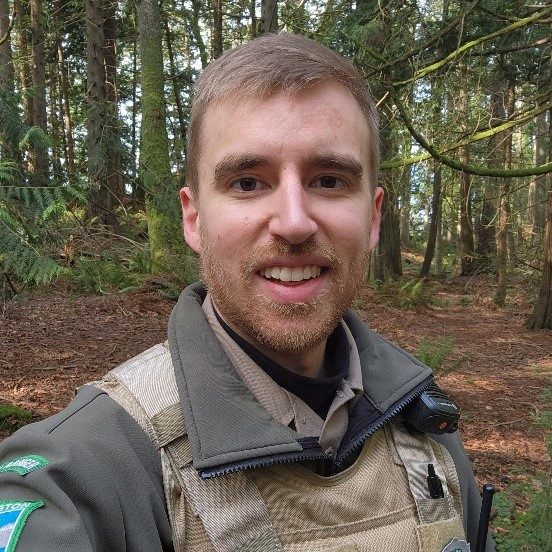
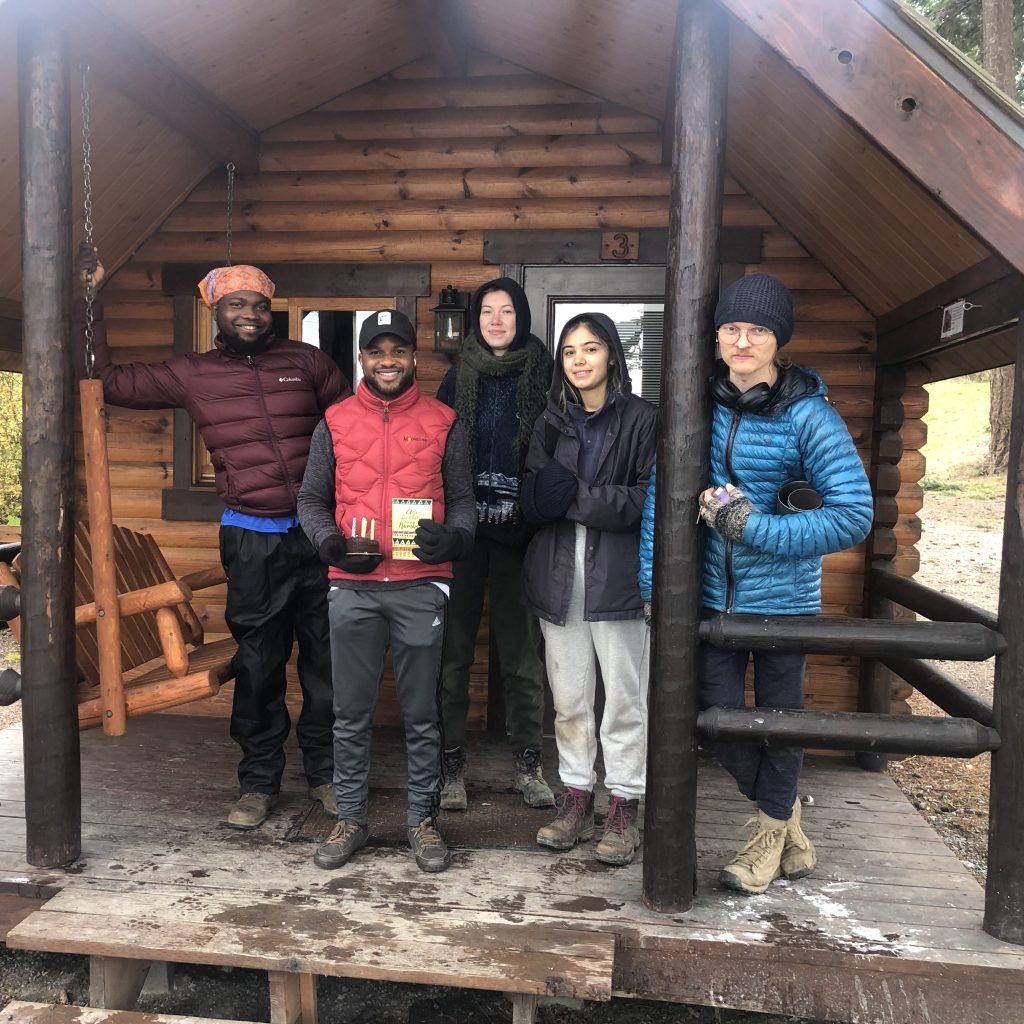
It was a cold, dark and rainy week when EarthCorps’ international crew arrived at Larrabee State Park in November to restore the popular Clayton Beach trail.
Set in northwestern Washington, Larrabee is the oldest state park in Washington — the original 26 acres were donated in 1913. The park now covers almost 3,000 acres and includes a mile and a half of Salish Sea coastline, two mountain lakes and more than 20 miles of hiking trails.
The crew’s task: planting almost 1,000 native plants to rehabilitate a streambed for our highly complicated Clayton Beach trail project.
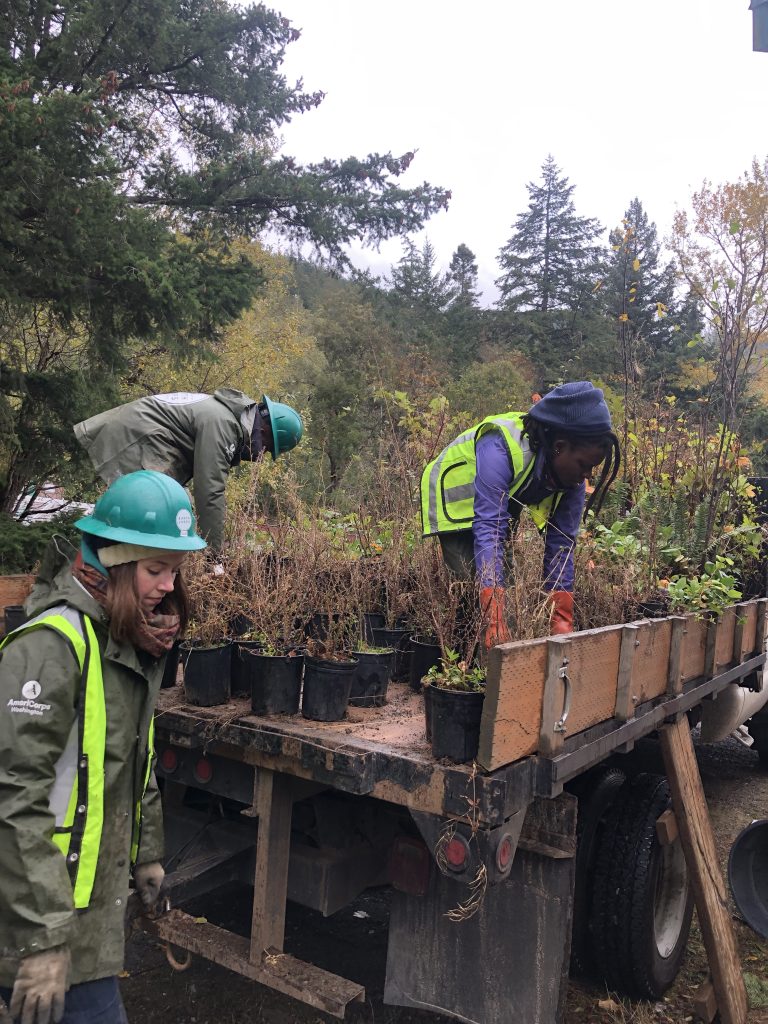
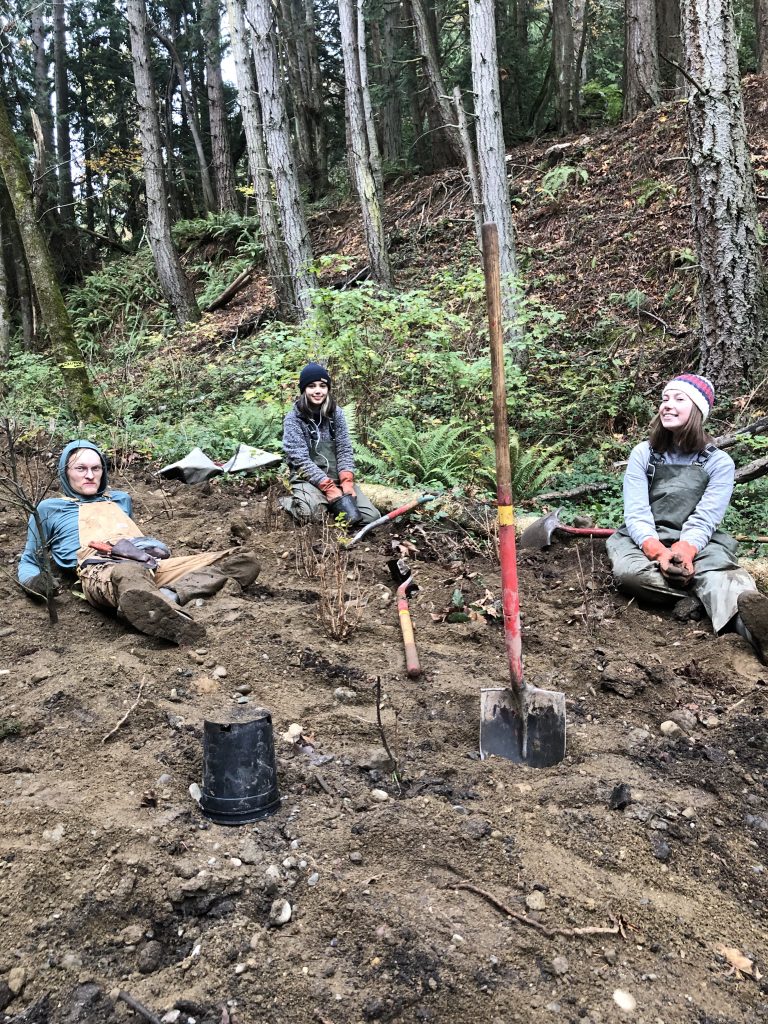
The long-term, multimillion dollar project includes a large pedestrian bridge over the Burlington Northern Santa Fe (BNSF) Railroad track, a series of boardwalks and a trail reroute to protect riparian habitat.
The trail winds through a seasonal stream that follows the remains of the 1890’s interurban tram system. That early public transport system ferried passengers to and from Bellingham, about seven miles north of the park. In 2022, the project finally began in earnest. Now it is coming to fruition after a decade of delays – mostly in permitting and funding.
As a ranger for Washington State Parks, I participate in a variety of projects. However, I’ve never had to plant almost 1,000 plants in a streambed before! I was lucky enough to have the EarthCorps crew members’ help. I can easily say I’d never have been able to complete this project with our crew alone.
EarthCorps stepped up to save the day.
In the pouring-down rain, the crew, all with smiles on their faces, helped transport, load, dig and plant all the native plants to restore the streambed. I got to work closely with some of the crew members. They were the first international EarthCorps volunteers to work in Washington post-pandemic, and they came from Cameroon, Ghana, Lithuania, Nigeria and Tajikistan.
Despite the cold air that some of them hadn’t experienced before, we dug in the dirt together, and I learned about their environmental backgrounds. All had studied or were working in conservation and advocacy in their home countries.
As someone who grew up climbing trees in our temperate rainforests, I’ve taken for granted how much knowledge I’ve gained over the decades about our native plants. Several times I found myself directing a crew member to grab a Western Red Hemlock or a Salal bush, to have them look at me in confusion. It took me a second to remember that my knowledge and decades of experience wouldn’t apply if I was doing restoration in another part of the world.
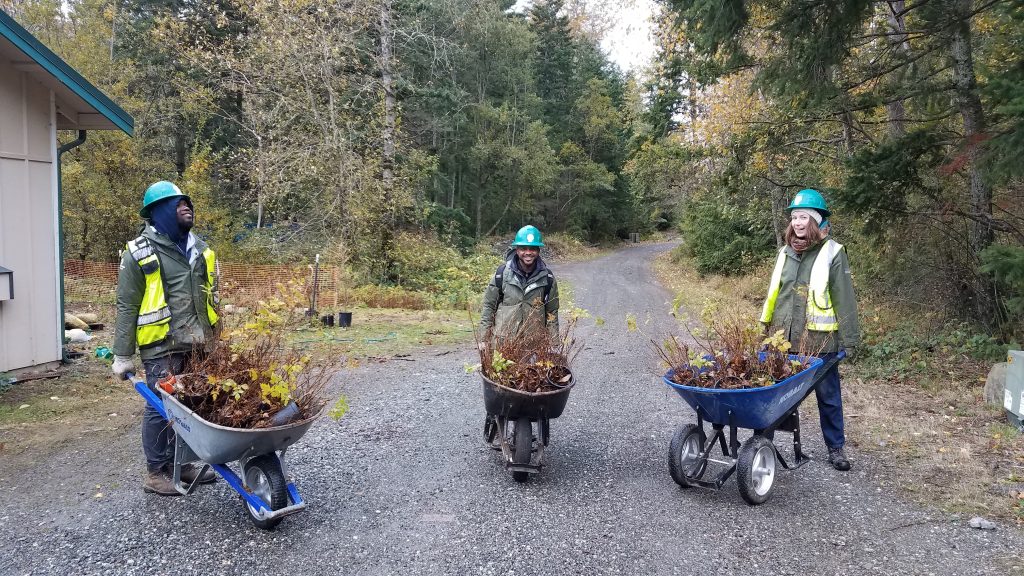
It was incredibly fun and rewarding to put on my “teacher hat” and teach others about our native ecosystems. I know I would love the opportunity to travel to another part of the world and have someone teach me about the native flora and fauna there!
By the end of the several-day project, the crew had completed all the plantings, and the stream is now on its way back to health. We couldn’t have done it without EarthCorps’ help, and I hope the crew walks away from the project with pride – and that they remember a few of the jingles and wordplays we used to identify Pacific Northwestern trees: Cedars swoop, Hemlocks droop!
Want to learn more about the Clayton Beach Pedestrian Overpass Project? Read EarthCorps International Corps Member Raphael Lartey’s guest blog on Adventure Awaits – The Official Washington State Parks Blog.
